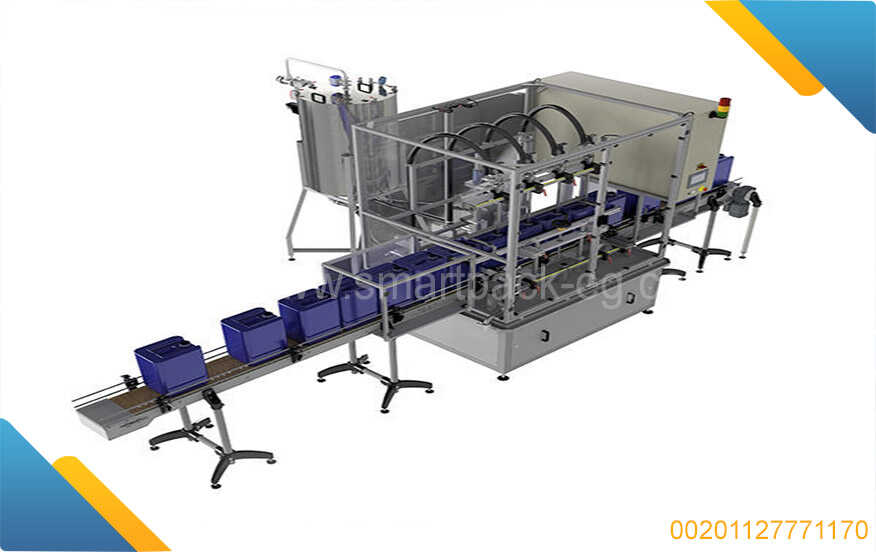1زظؤءئ
How To Guide: Conducting a Feasibility Study on the Chlorine Industry and Packaging Project in Egypt
Introduction:
A feasibility study is a crucial step in assessing the viability of a business project before making any major investments. In this guide, we will walk you through the process of conducting a feasibility study for a chlorine industry and packaging project in Egypt. By following these steps, you can evaluate the potential profitability and challenges associated with this venture.
Step 1: Define Project Scope and Objectives
Begin by clearly defining the scope of your project. This includes outlining the specific goals and objectives you aim to achieve with the chlorine industry and packaging project. Determine whether your focus is on chlorine production, packaging, or both. This step will set the foundation for the entire feasibility study.
Step 2: Conduct Market Research
Thorough market research is essential to assess the demand and potential market for your chlorine products and packaging in Egypt. Gather information on existing competitors, customer preferences, market trends, and regulatory requirements. Identify potential customers, their buying behavior, and the projected growth rate of the industry. This data will help you determine the project's feasibility.
Step 3: Assess Technical Feasibility
Evaluate the technical feasibility of establishing a chlorine industry and packaging project in Egypt. Consider factors such as available resources, technology, equipment, infrastructure, and expertise required for successful operations. Identify any potential challenges or barriers that may arise and determine if they can be overcome.
Step 4: Analyze Financial Viability
Analyze the financial viability of your proposed project. Develop a detailed financial plan including projected revenue, costs, and investment requirements. Consider factors such as raw material costs, labor expenses, utilities, transportation, packaging costs, and marketing expenses. Conduct a thorough cost-benefit analysis to determine if your project has the potential to be profitable.
Step 5: Evaluate Legal and Regulatory Compliance
Ensure that your project complies with all legal and regulatory requirements in Egypt. Identify the necessary permits, licenses, and certifications needed to operate in the chlorine industry and packaging sector. Evaluate potential risks, including environmental regulations, health and safety standards, and waste management guidelines. Assess the costs associated with obtaining and maintaining compliance.
Step 6: Consider Social and Environmental Impact
Assess the potential social and environmental impact of your chlorine industry and packaging project. Consider factors such as waste management, pollution control, water usage, and community relations. Develop strategies to minimize any negative impact and enhance positive contributions to society and the environment.
Step 7: Evaluate Organizational Capabilities
Evaluate your organization's capabilities to undertake this project successfully. Assess your management team's expertise, workforce skills, and available resources. Determine if any external partnerships or collaborations are required to fill any gaps. Evaluate the potential need for training or hiring new employees.
Step 8: Summarize Findings and Recommendations
Based on your analysis of the above steps, summarize your findings, including the feasibility of the chlorine industry and packaging project in Egypt. Provide recommendations on whether to proceed with the project, modify certain aspects, or abandon it altogether. Support your recommendations with concrete evidence from the feasibility study.
Conclusion:
Conducting a thorough feasibility study is crucial for assessing the viability of a chlorine industry and packaging project in Egypt. By following these steps, you can gather essential information that will help you make informed decisions about your venture. Remember to analyze the market, assess technical feasibility, understand financial implications, evaluate legal compliance, consider the social and environmental impact, assess organizational capabilities, and summarize your findings to arrive at well-informed recommendations. This process will increase your chances of success and minimize potential risks associated with your project.



 Admin
Admin 





